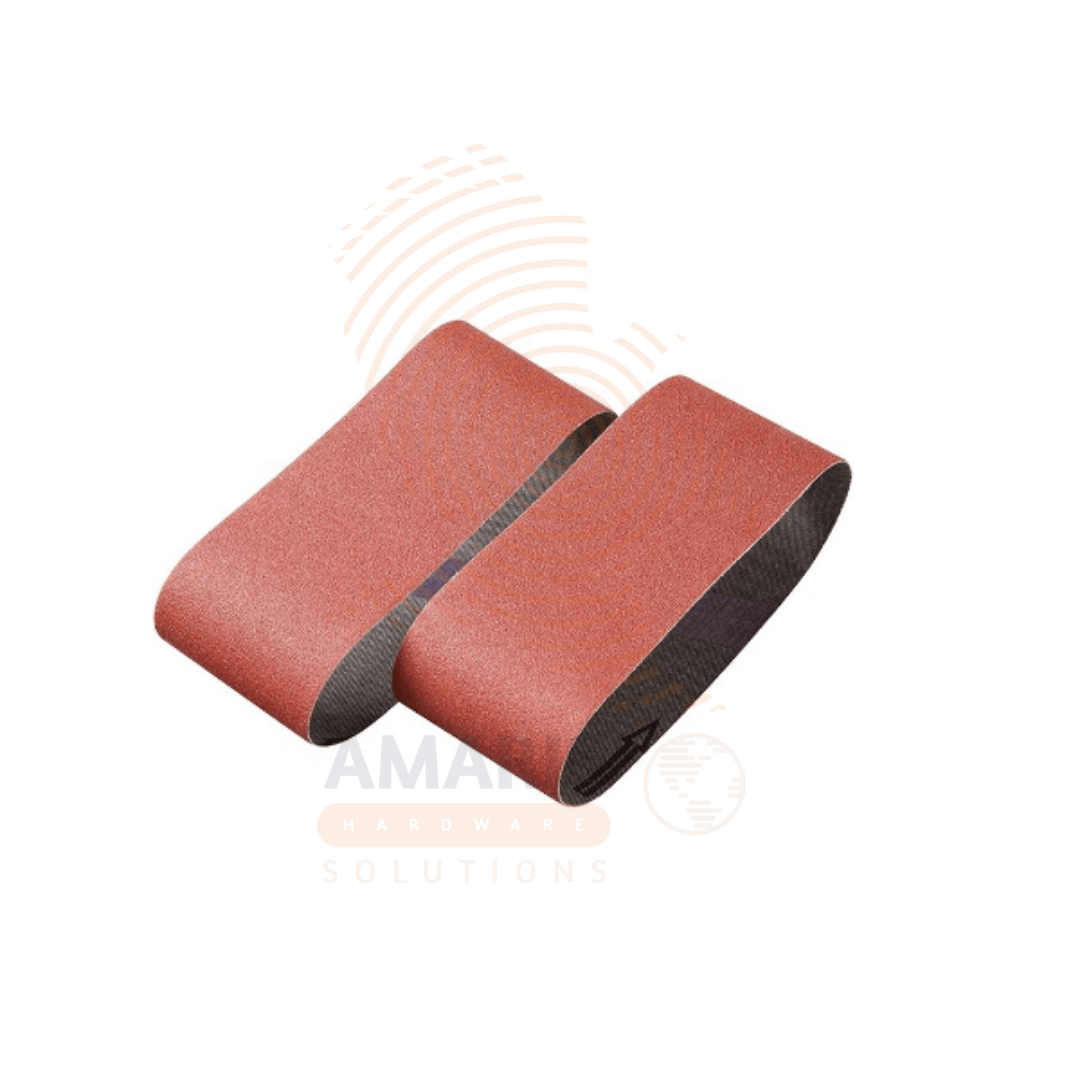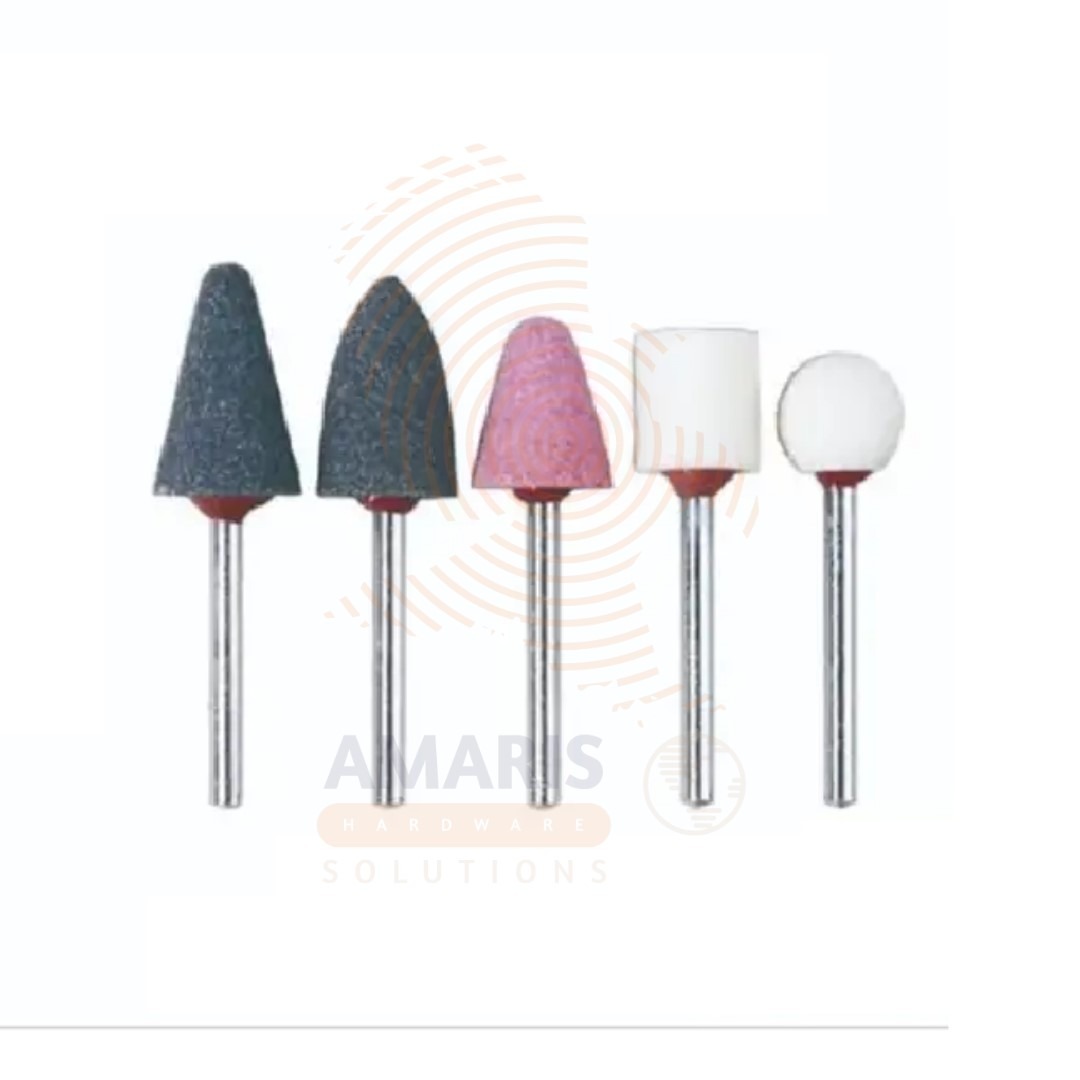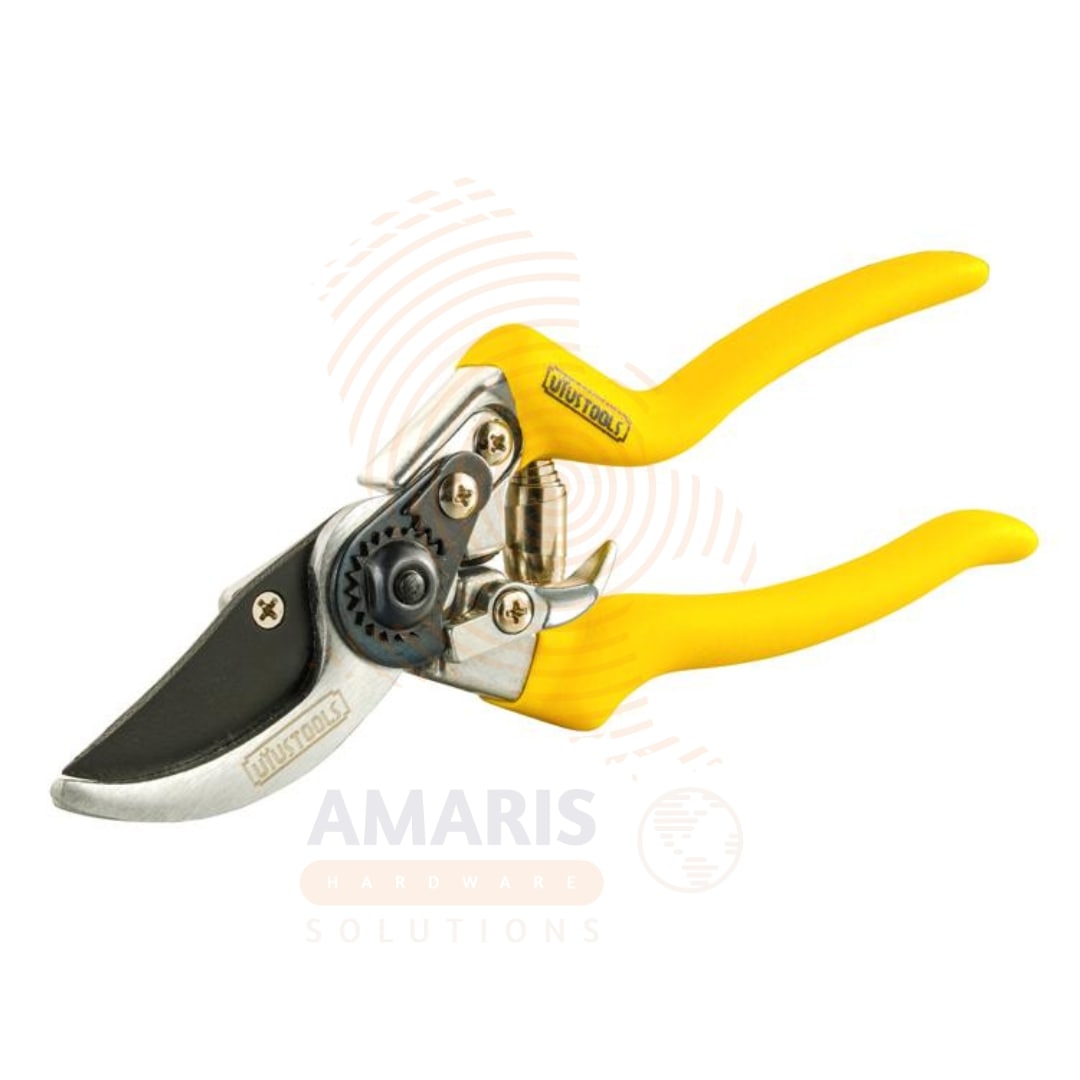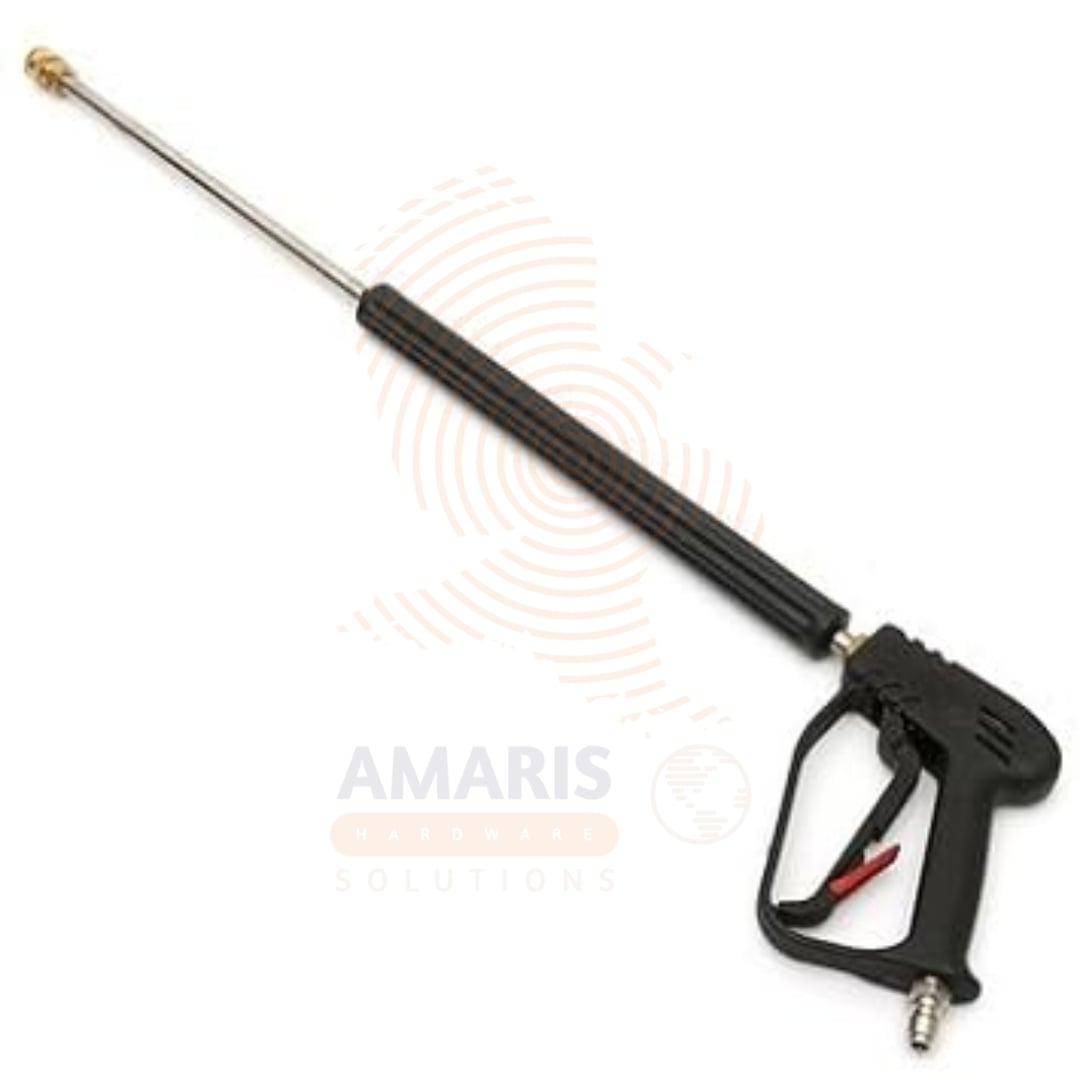In the bustling world of hardware tools, where hammers clash and drills roar, there exists a humble hero often overlooked but indispensable: the polishing sponge pad. Imagine a workshop, filled with the scent of sawdust and the clinking of metal, where this unsung hero silently performs its magic.
The Origins: From Humble Beginnings to Essential Tool
The polishing sponge pad’s journey begins in the mind of an innovative tool designer who envisioned a solution to the age-old problem of achieving a perfect finish. Combining the softness of a sponge with the abrasiveness needed for polishing, this tool was born. Made from high-density foam and coated with various abrasive materials, these pads can be as gentle or as robust as needed, making them versatile companions in any workshop.
The Design: A Symphony of Materials
At first glance, a polishing sponge pad might seem simple, but its design is a marvel of engineering. The core of the pad is crafted from high-density foam, providing a perfect balance of durability and flexibility. The outer layer is coated with abrasive particles, ranging from ultra-fine to coarse, catering to different polishing needs.
- Foam Core: This part is the heart of the pad, providing the necessary cushioning to conform to the contours of the surface being polished.
- Abrasive Layer: The outer layer is where the magic happens. Made from materials like aluminum oxide or silicon carbide, this layer does the heavy lifting, smoothing out imperfections and bringing out the shine.
The Application: From Novice to Artisan
Using a polishing sponge pad is an art in itself. Whether you’re a novice or a seasoned artisan, the pad transforms your work. Picture this: you’ve just finished building a beautiful wooden table. The surface is rough, with tiny imperfections marring its beauty. You attach a polishing sponge pad to your orbital sander, and as it whirs to life, you guide it over the table’s surface.
The pad glides effortlessly, smoothing out the rough patches and revealing the natural grain of the wood. It’s almost meditative, the way the pad dances across the surface, leaving a trail of silky smoothness in its wake. The once-rough table now gleams with a professional finish, all thanks to the unassuming polishing sponge pad.
The Versatility: Beyond Wood
But the story doesn’t end there. The polishing sponge pad isn’t just a one-trick pony. It’s equally at home on metal, plastic, and even glass. Imagine you’re restoring an old car. The body is scratched and dull, crying out for a makeover. With a polishing sponge pad, you can transform that tired, old vehicle into a gleaming classic.
The pad works its magic on the metal body, smoothing out scratches and oxidation, bringing back the original shine. The car looks brand new, a testament to the power of this versatile tool. Even intricate details like headlights and chrome trim are no match for the pad’s gentle but effective touch.
The Maintenance: Caring for Your Pad
Like any good tool, a polishing sponge pad needs care to maintain its effectiveness. After each use, it should be cleaned thoroughly to remove any residue that might clog the abrasive surface. Rinsing it under warm water and gently scrubbing with a brush usually does the trick. Once clean, allow it to air dry completely before storing it away.
The Legacy: A Workshop Staple
In the grand tapestry of workshop tools, the polishing sponge pad might seem like a minor character, but its impact is profound. It’s the quiet achiever, the unsung hero that brings out the best in every project. Whether you’re a weekend DIY enthusiast or a professional craftsman, this humble tool deserves a place in your arsenal.
So next time you’re in your workshop, take a moment to appreciate the polishing sponge pad. It’s more than just a tool; it’s a gateway to perfection, a key to unlocking the true potential of your work. And in the end, isn’t that what every craftsman strives for? A perfect finish, a job well done, and the satisfaction of knowing that even the smallest tools can make the biggest difference.


















Add comment